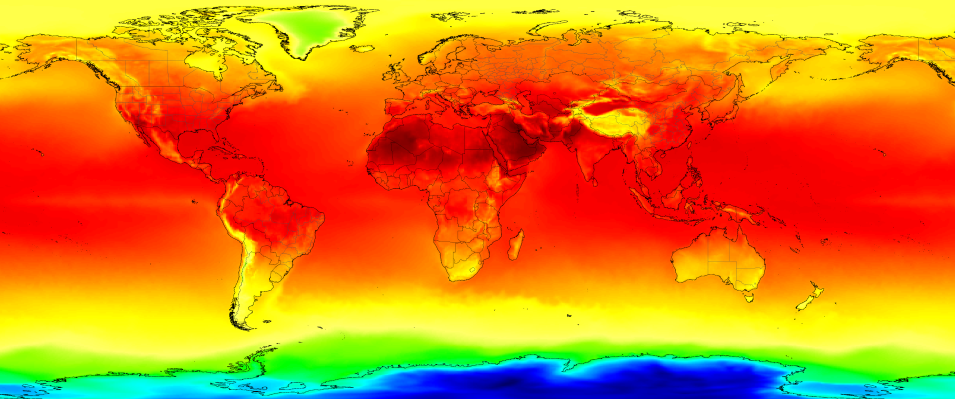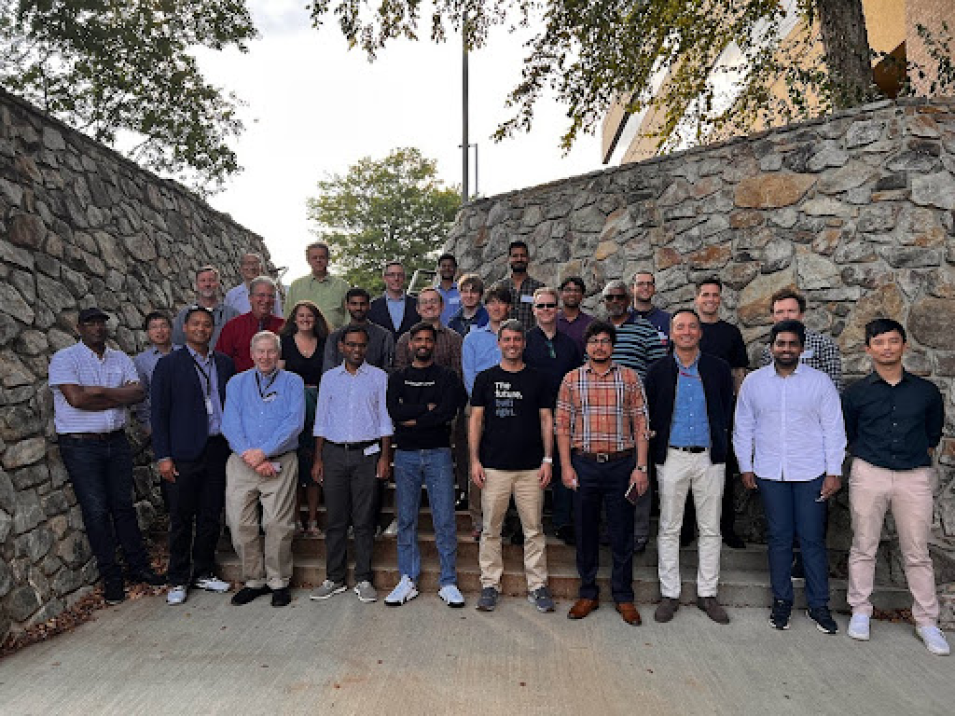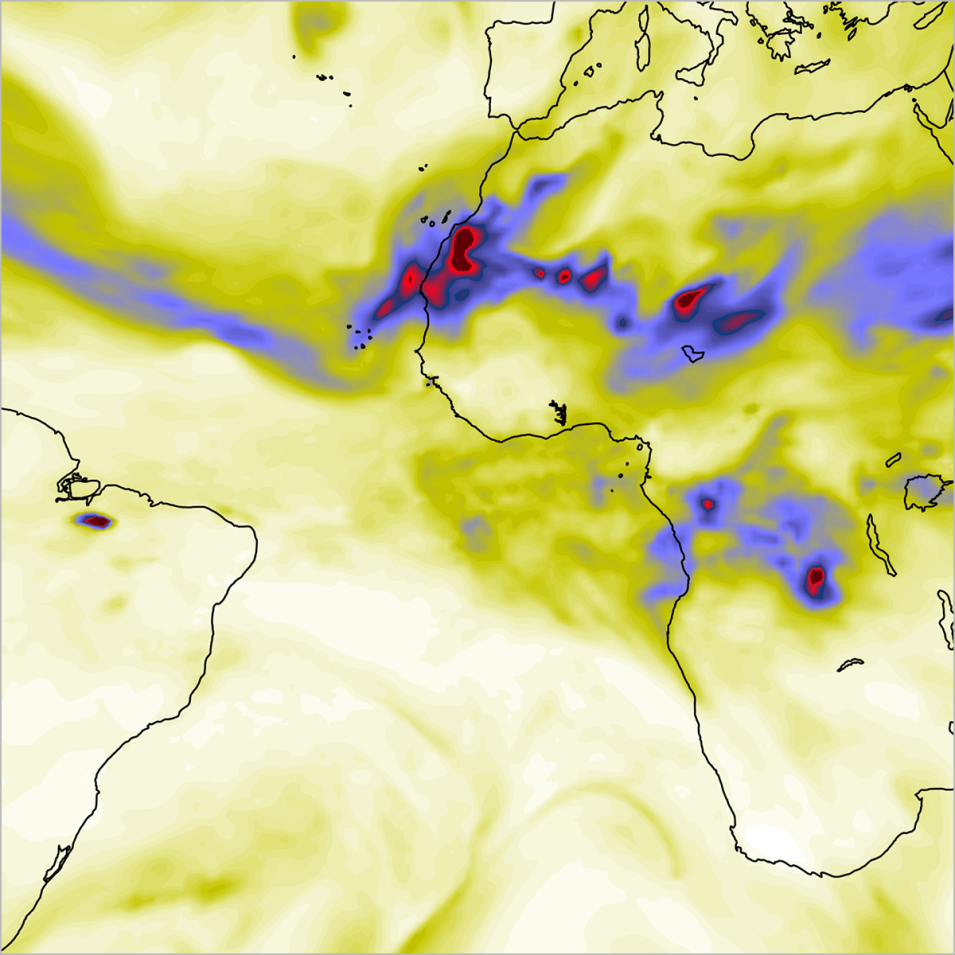The foundation of Prithvi-weather-climate is 40 years of MERRA-2 data. MERRA-2 is the first long-term global reanalysis to assimilate space-based observations of aerosols and represent their interactions with other physical processes in the climate system. These data are available through NASA's Earthdata Search. MERRA-2 was created by NASA's GMAO to replace and enhance the original MERRA and to sustain GMAO's commitment to having an ongoing near real-time climate analysis.
"With the Prithvi-weather-climate FM, NASA and IBM have led the creation of a unique AI representation of all knowledge available in 40 years' worth of MERRA-2 data," says Dr. Juan Bernabé-Moreno, director of IBM Research Europe and IBM’s accelerated discovery lead for climate and sustainability.
"The IBM-NASA collaboration highlights how open-source technologies are essential to advancing crucial research into areas such as climate change. By merging IBM's foundation model technology with NASA's deep expertise and specialized climate datasets, we've developed flexible, reusable AI systems for broader use."
Applications to Science and Society
The Prithvi-weather-climate FM has broad applications for both science and society.
From a scientific and research standpoint, the model has been fine-tuned to increase the resolution of long-term climate models by a factor of 12x, a process known as "downscaling." Using an AI model in this context avoids the high costs associated with the conventional approach using high performance computing (HPC).
The FM also improves the use of AI for better representation of small-scale physical processes in numerical weather and climate models. Through the insertion of tokens in the model at wind turbine locations, Prithvi-weather-climate can generate targeted forecasts using hyper-localized, asset-specific observations, further improving the accuracy of short to medium-range forecasts.
The application of AI to weather and climate data also can lead to improvements in public safety. Uses being developed by the research team for Prithvi-weather-climate include more precise hurricane track and intensity forecasts along with better seasonal precipitation forecasting.
As the model continues to be trained, future applications include the detection and prediction of severe weather patterns, more detailed wildfire behavior forecasts, finer turbulence detection and prediction, urban heatwave prediction, and improved solar radiation assessment.
"Our ambition is to accelerate and advance the impact of NASA's Earth science to meet this moment of changing climate for the benefit of all humankind," says Dr. Karen St. Germain, director of NASA's Earth Science Division. "The [NASA/IBM Research] foundation model for weather and climate will enable this Earth Science to Action strategy."
Meet the Team
Along with the participants noted in the Creating Prithvi-weather-climate section, the development of the FM was accomplished by a diverse team with deep experience representing varied aspects of AI and ML.
| Prithvi-weather-climate Element | Element Leads |
|---|
| Model Development: NASA, University of Alabama in Huntsville (UAH), and ORNL | Dr. Sujit Roy, UAH Dr. Arlindo da Silva, NASA GMAO Dr. Valentine Anantharaj, ORNL |
| Model Development: IBM | Dr. Johannes Schmude Dr. Johannes Jakubik Dr. Anne Jones Dr. Julian Kuehnert Dr. S. Karthik Mukkavilli Dr. Daniel Salles Civitarese Shraddha Singh Dr. Daniela Szwarcman Dr. Will Trojak |
| Science Expertise | Dr. Arlindo da Silva, NASA GMAO |
| Use Case Development | Dr. Christopher Phillips, UAH Dr. Rajat Shinde, UAH Ankur Kumar, UAH Vishal Gaur, UAH Dr. Amy Lin, UAH Dr. Aristeidis Tsaris, ORNL Dr. Simon Pfreundschuh, Colorado State University Dr. Aman Gupta, Stanford University |
| Infrastructure | Mike Little, NASA's Goddard Space Flight Center Dr. Mark Carroll, NASA's Goddard Space Flight Center Shubha Ranjan, NASA's Ames Research Center, NAS Bill Thigpen, NASA's Ames Research Center, NAS |
| Leadership/Technical Oversight | Dr. Rahul Ramachandran, NASA IMPACT Dr. Manil Maskey, NASA IMPACT Dr. Tsengdar Lee, NASA Headquarters Dr. Juan Bernabé-Moreno, IBM |
Learn More
- Building an AI Foundation Model for Weather and Climate
- NASA, IBM Research Release New AI Foundation Model for Weather, Climate Forecasts
- IBM and NASA are building an AI foundation model for weather and climate
- Blog: Environmental analysis made easier with IBM’s Geospatial Studio
- Mukkavilli, S.K., et al. (2023). AI Foundation Models for Weather and Climate: Applications, Design, and Implementation. Cornell University arXiv. doi:10.48550/arXiv.2309.10808
- Gelaro, R., et al. (2017). The Modern-Era Retrospective Analysis for Research and Applications, Version 2 (MERRA-2). Journal of Climate, 30(14): 5419-5414. doi:10.1175%2FJCLI-D-16-0758.1


